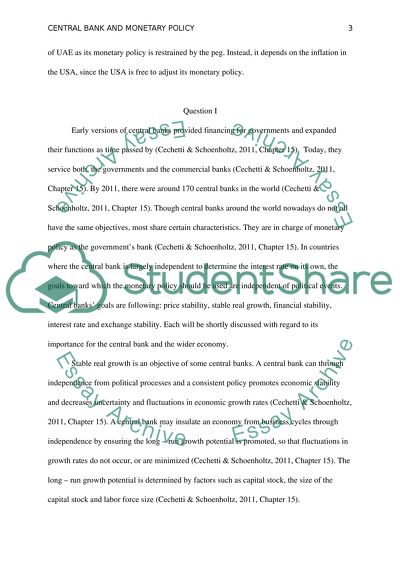Cite this document
(“Central Bank and Monetary Policy Research Paper”, n.d.)
Retrieved from https://studentshare.org/finance-accounting/1397130-central-bank-and-monetary-policy
Retrieved from https://studentshare.org/finance-accounting/1397130-central-bank-and-monetary-policy
(Central Bank and Monetary Policy Research Paper)
https://studentshare.org/finance-accounting/1397130-central-bank-and-monetary-policy.
https://studentshare.org/finance-accounting/1397130-central-bank-and-monetary-policy.
“Central Bank and Monetary Policy Research Paper”, n.d. https://studentshare.org/finance-accounting/1397130-central-bank-and-monetary-policy.


